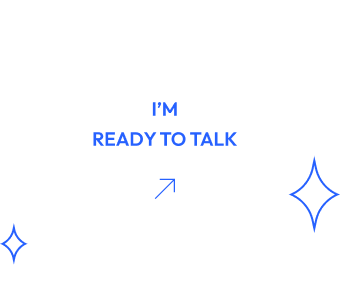Published: 10/1/2025
How to Build a Professional AI Tech Pack (Step by Step)
Every fashion designer knows the tech pack is the backbone of production. It’s the document your factory depends on to bring your design to life. The problem? Traditional tech packs take forever to build, they’re packed with technical details, and they can feel intimidating if you’re new to the industry.
That’s exactly why we built AI Tech Packs. With it, you can create a complete, editable, and factory-ready tech pack in just a few minutes — even if you’ve never made one before.
In this guide, I’ll walk you through the process step by step: from uploading your design to adding fabrics, trims, graphics, labels, and size charts.
1. Upload Your Product Image
Start by uploading a clear photo of your product. If the photo has multiple garments, AI Tech Packs will focus on one main piece. The clearer your image, the better your results.
👉 Pro tip: If you already have a size chart, paste it into the text box before generating. The AI will use it to make your size chart more accurate.
2. Generate & Review
Once your image is uploaded, click Generate. On the left, you’ll see the editor where you can tweak details, and on the right, you’ll see a PDF preview of your tech pack.
I always recommend starting with the PDF — it gives you a quick sense of what looks right and what might need adjusting.
3. Adjust the Placement Guide
The placement guide shows where your key measurements and details sit on the garment. Right now, the model isn’t perfect, so you’ll usually want to make a few adjustments.
- Drag the dots into the correct positions.
- Crop the placement guide image directly in the editor, or swap it with an external image if you prefer.
- Update any text or data fields.
Hit Save, refresh the PDF, and you’ll see your changes right away.
4. Editing Flat Sketch Measurement Lines and Adding New Measurements
Next, take a look at your flat sketch and measurement lines. In order to edit the flat sketch and measurement lines, go and click on the flat sketch page.
- Then, click the button that says Edit Measurement Lines and Flat sketch to open the sketch editor.
- You can swap the sketch for your own image, or download the AI’s version as an SVG, edit it in Illustrator/Photoshop, and re-upload it.
- Adjust the measurement lines by dragging them into place.
- You can also drag new measurement lines. By dragging a new measurement line, you are also adding a brand new measurement. All of these updates will automatically be updated in other sections of your techpack like the size chart.
Save, return, and your updates will flow into the tech pack.
5. Build Out Your BOM
Every garment has a BOM (Bill of Materials) — basically the ingredient list of your product. In AI Tech Packs, each BOM item is editable, and you can even turn them into artwork pages for more detail.
The four main BOM categories are:
- Fabric – The textiles used in your garment.
- Trims – Things like zippers, buttons, snaps, and drawstrings.
- Graphics – Logos, prints, or embroidery that appear on the garment.
- Labels – Size tags, brand labels, and care instructions.
By sorting items into the right category, you’ll make your tech pack easier for the factory to follow.
You can add new items in your BOM by going to the BOM page and then clicking on the Add New Item button.
6. Editing Fabrics in the BOM
Let’s use fabric as an example.
- Open your BOM and find the fabric line.
- Update the fabric name (say “Cotton Jersey”) and weight (like “180 GSM”).
- In the Artwork column, click Enable and save.
Once you save, AI Tech Packs creates a new page in your tech pack just for that fabric.
7. Add Fabric Artwork
On the new fabric page, you can:
- Upload a swatch image.
- Add color codes (Pantone, HEX, RGB).
- Note down any dimensions or texture details.
This page becomes part of your PDF, so your factory sees both the technical info (like GSM) and the visual reference (a swatch or fabric photo). That extra clarity saves a lot of back-and-forth later. You can apply this same technique and attach artwork to any item/row in the BOM.
8. Artwork as a Data Type
In AI Tech Packs, artwork isn’t just decoration — it’s a data type tied to each BOM item. That means you can give any material (fabric, trim, graphic, or label) its own dedicated artwork page.
This turns your BOM from a plain list into a visual library of everything in your garment, which makes it far easier for your factory to understand what you want.
9. Edit the Size Chart and Measurements
Every AI Tech Pack comes with a built-in size chart. The size chart holds all of the measurements for all sizes in you tech pack. It’s preloaded with a base size, grade rules, and tolerances. Remember that if you want to add a new measurement or pom, go to the flat sketch section and draw a new line to add a new measurement first. Here’s what those mean:
- Base size: The reference size all others are built from. Right now, AI Tech Packs always uses Medium as the base. This is also your sample size.
- Grade rules: The steps the system uses to size up or down from Medium (always starting at 0 for Medium).
- Grade steps: How much each size changes (for example, +2 cm per size).
- Tolerance: The acceptable variation in production (say ±0.5 cm).
Here’s the best part: you don’t have to only edit Medium. You can change any size you want, and the system will automatically apply the grade rules to keep the chart consistent.
If you’d rather go manual, you can turn off auto-grading and grade rules and enter measurements yourself.
10. Refine Artwork
AI Tech Packs can also generate artwork for you. If you want to polish it:
- Download the artwork.
- Make changes in Photoshop, Illustrator, or your preferred software.
- Upload the updated version back into your tech pack.
This way, you get the speed of AI but still have full creative control.
11. Edit the Color Ways
The color ways or the color sections hold all of the colors that are contained in your fabric information. This section is not supposed to list colors of graphics or labels. You can simply add a color by going to the colorway page and clicking the add color button.
12. Finalize & Export
Once everything looks good:
- Review the PDF one last time.
- Check placements, sketches, measurements, BOM, artwork pages, and the size chart.
- Make any last edits, save, and refresh.
- Export your polished PDF.
Now you’re ready to send a factory-ready tech pack straight to production.
Why AI Tech Packs Matter
For new designers, it removes the technical headaches and lets you focus on your vision. For established brands, it saves time, improves accuracy, and makes scaling easier.
With AI Tech Packs, you’re not stuck between clunky templates and costly freelancers. You get a system that builds the structure for you, while giving you complete freedom to refine the details.
Final Thoughts
The old way of building tech packs is slow, manual, and error-prone. With AI Tech Packs, you can upload an image, generate a structured document, crop or replace placement guide images, turn BOM items into artwork pages, refine your size chart, and export a factory-ready PDF — all in one place.
Every time you enable artwork for a BOM item, you get a dedicated page in your tech pack. That page becomes the single source of truth for that material — from swatches to colors to specs. Combine that with a smart size chart (Medium as the base, grade rules starting at 0, auto-grading on or off as you choose), and you’ll have a tech pack that’s clear, professional, and production-ready in record time.



